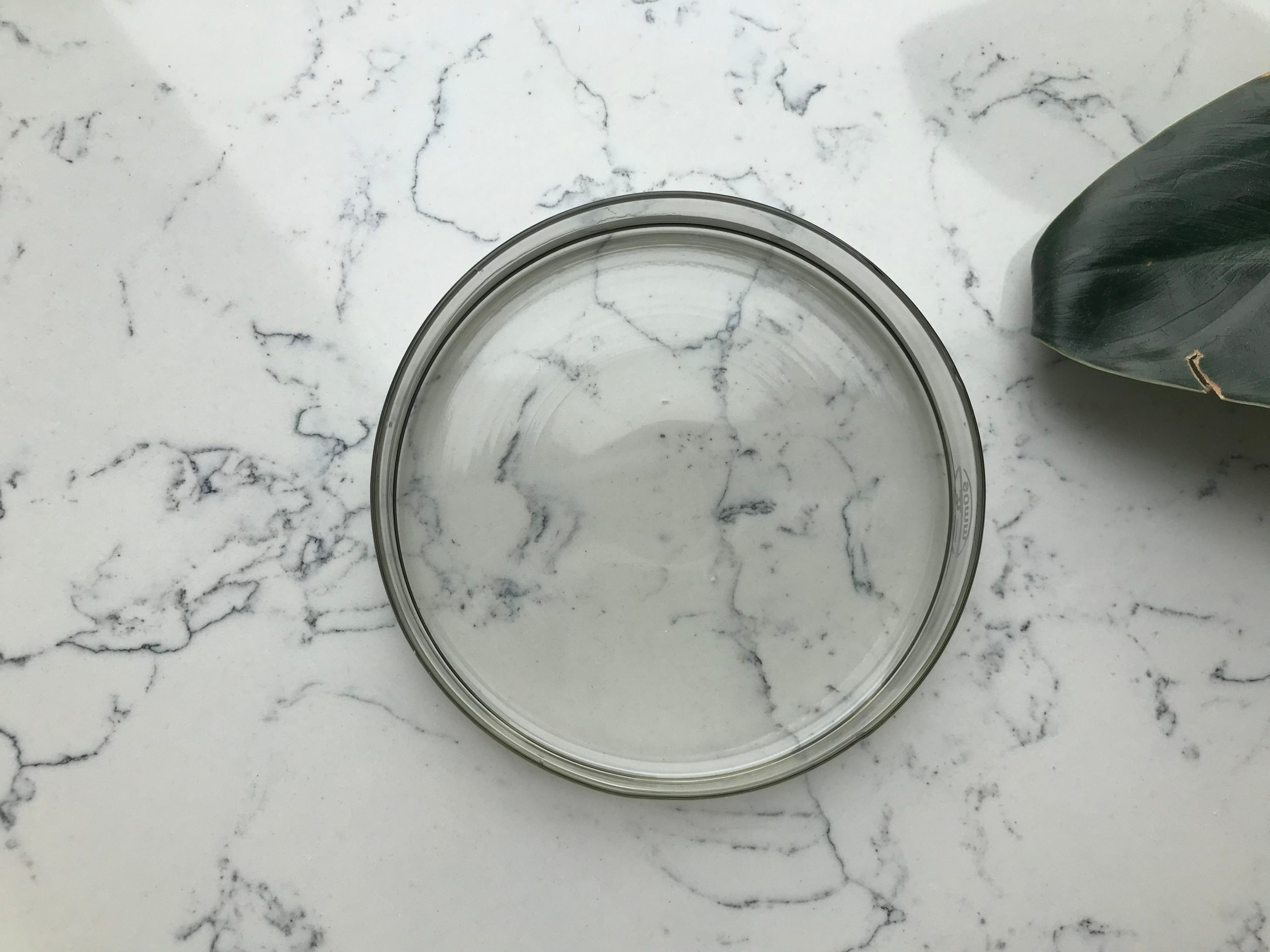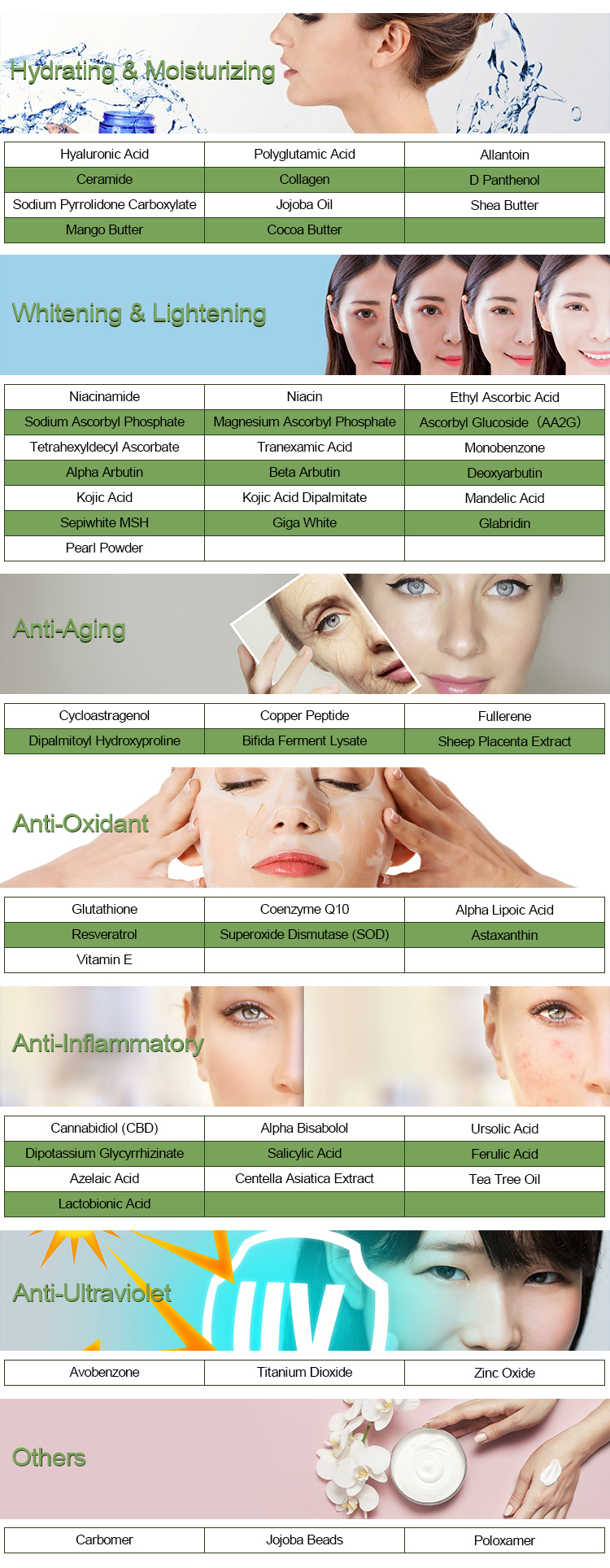As of my last knowledge update in September 2021, Isosorbide Dimethyl Ether (IDM) is a bio-based solvent and functional ingredient that has been gaining attention in the cosmetics industry. It’s derived from isosorbide, a natural compound primarily sourced from renewable resources like cornstarch. IDM has several potential roles and benefits in cosmetics:
Solvent and Diluent: IDM can be used as a solvent to dissolve and dilute various cosmetic ingredients. It helps in creating stable formulations and achieving the desired texture and consistency of cosmetic products such as creams, lotions, and serums.
Enhanced Delivery of Actives: IDM’s ability to improve the solubility of certain active ingredients can aid in their efficient delivery to the skin. This can lead to enhanced product performance and better results for users.

Emollient and Moisturizing Properties: IDM has moisturizing properties that can help improve the hydration of the skin. It can be incorporated into skincare products to provide a smooth and soft texture while also helping to maintain the skin’s natural moisture balance.
Sustainability: One of the key advantages of Isosorbide Dimethyl Ether is its bio-based origin. As consumers are becoming more conscious of the environmental impact of cosmetic products, ingredients derived from renewable resources like IDM can contribute to the sustainability of formulations.
Compatibility: IDM is generally considered to be compatible with various cosmetic ingredients, which makes it suitable for a wide range of product formulations.
Reduced Irritation: Some studies suggest that IDM could potentially reduce skin irritation caused by certain cosmetic ingredients. This could make products containing IDM more suitable for individuals with sensitive skin.
It’s important to note that the specific roles and benefits of IDM in cosmetics can vary depending on the formulation, concentration, and intended use of the product. Additionally, the cosmetic industry is constantly evolving, and new research and developments may have occurred since my last update.
Before using any cosmetic product containing Isosorbide Dimethyl Ether or any other ingredient, it’s recommended to consult the product’s ingredient list and, if necessary, consult a dermatologist or healthcare professional, especially if you have specific skin concerns or sensitivities.
How does Isosorbide Dimethyl Ether work?
Isosorbide dimethyl ether (IDME) is a chemical compound that belongs to the family of isosorbide derivatives. Isosorbide itself is a bicyclic sugar alcohol that has gained attention for its potential use as a renewable and sustainable feedstock in various industries, including the production of polymers and chemicals.
IDME, specifically, is a dimethyl ether derivative of isosorbide. Dimethyl ether (DME) is a simple ether compound with the formula CH3-O-CH3. When isosorbide is modified by attaching two methyl groups (CH3) to it, you get isosorbide dimethyl ether.
The exact details of how isosorbide dimethyl ether works can depend on its intended application. However, generally speaking, Isosorbide Dimethyl Ether can be used as a building block or a starting material in various chemical reactions due to its unique structure and properties. It can undergo reactions like ether cleavage, esterification, and more, which allows it to participate in the synthesis of a variety of compounds.

One significant application of isosorbide and its derivatives like Isosorbide Dimethyl Ether is in the production of sustainable polymers and materials. These materials can potentially replace traditional petrochemical-derived plastics, offering more environmentally friendly alternatives. Isosorbide-based polymers can have improved thermal and mechanical properties, making them suitable for a range of applications including packaging, automotive parts, textiles, and more.
It’s worth noting that the specific mechanisms and reactions involving isosorbide dimethyl ether can vary widely based on the context of its use. If you’re interested in a particular application or reaction, providing more details would allow for a more in-depth explanation.
